When people go to get a massage from a therapist, it’s usually either because A) They have an injury, soreness, or pain that they want treated or B) they want to relax and reduce stress.
While both of these are good reasons, they are both reactive.
People wait until they’re injured or in pain. They let stress get the better of them and then they decide to get a massage to relax.
One of the keys to recovery, and particularly soft tissue management, is to be proactive in your approach.
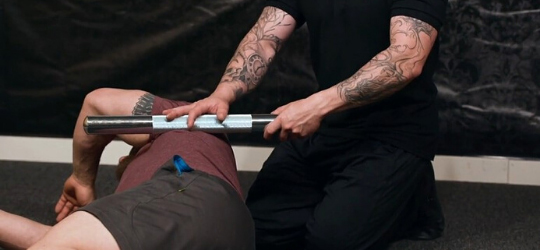
The most effective strategy isn’t to wait until something is wrong to try and fix it. It’s to prevent it from breaking in the first place.
Fortunately, today, there are more self-treatment soft tissue tools than ever before. The amount of rollers, percussion devices, rollers, balls, body tempering tools, and other similar products is almost endless these days.
That makes it easier and more affordable than ever to take care of yourself. You don’t have to be a pro athlete on an unlimited budget to manage your soft tissue and improve your recovery.
Why do you need to take care of your soft tissue?
There are a lot of reasons that it’s incredibly important to be proactive about taking care of your soft tissue. The single biggest of them is that they are directly connected to both movement and recovery.
That’s because your soft tissues are what produce and transmit the force it takes to move your body. That means the more you move and the more force you ask them to generate, the more stress you’re placing them under.
Getting in the gym and training is a lot of stress on virtually all of our soft tissues because of the high forces we’re generating during a workout.
Over time, our vast network of soft tissues like muscles, tendons, ligaments, and fascia, can respond to stress in a variety of ways.
One one hand, it can cause them to become stronger, more resilient, more pliable, more efficient, and more resilient to injury.
On the other hand, stress can also lead to changes that are much less beneficial.
Changes in length-tension relationships that restrict our movements. Trigger points that create and refer pain throughout the body. Activation of our sympathetic nervous system that slows down recovery.
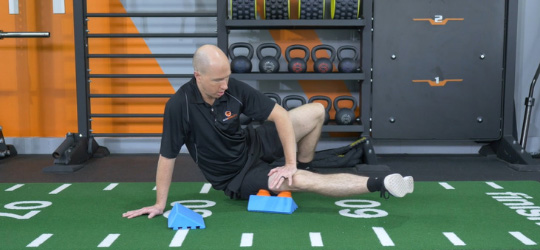
The way to prevent these things from happening is to be proactive about helping our soft tissues deal with all the stress we place on them on a daily basis.
When we do this, we’re able to move more efficiently, stay healthier, recover faster, and perform our best.
How do soft tissue tools and methods work?
There are a lot of things that are well-understood about massage and various treatments, and there are a lot of things that still aren’t.
The body is endlessly complex. Science can’t always answer exactly why some treatments work, but one of the key pieces of soft tissue treatment and management is applying pressure and compression into a specific area, or areas. When it comes right down to it, that’s most of what this type of work is really all about.
Pressure, in the right amount and at the right places, is an input into our nervous system that can cause changes in how our soft tissues function. That’s because it’s the nervous system that is what controls so much of how much tension all these tissues are under.
Muscles being “tight” or “loose” is much more about the nervous system than it is about the muscles and supporting tissues themselves.
So the real goal of most soft tissue treatment methods is to impact our nervous system. We want to stimulate the nervous system to reduce tension, drive blood flow, and help our soft tissues recover from the stress of life and training.
The first part of doing that is picking the right tools for the job.
Best tools for the job
To help you sort through all the options, I’ve got three personal recommendations of proven winners for you. Each represents a different price point so you can choose based on your budget, and all of them can help you effectively manage your soft tissue.
Accumobility Ball
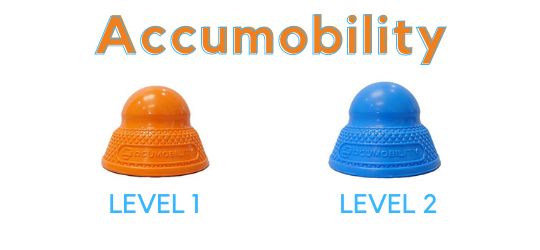
The Accumobility Ball is one of the most versatile soft tissue tools on the market, and it’s a big step up from the traditional golf or tennis ball you have to chase around the room when it gets out from under you.
The biggest reason is because it’s stable. It’s also extremely budget friendly and easy to transport.
The primary function it serves is to provide direct pressure and compression in an effective and easy-to-use way.
It’s built to be stable on the floor or even against a wall, so the potential applications are endless.
Even better, the company has a variety of instructional videos showing you how to use it on every muscle group imaginable.
The accumobility ball comes in two densities to provide either firm or medium pressure. I recommend you get both, but if you only choose one, I’d opt for the firm pressure.
Kabuki Boomstick
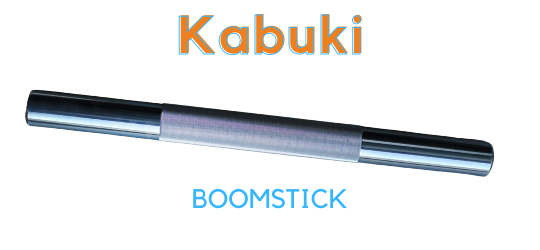
The Boomstick is built around the concept of body tempering, which was invented and popularized by Powerlifter Donny Thompson.
Think of it as a deep tissue massage on steroids.
Its density allows you to apply far more pressure directly than lighter tools like foam rollers. When you combine this pressure with active movement, it can be incredibly powerful for breaking up adhesions, turning off trigger points, and restoring normal mobility.
It also works extremely well with the accumobility ball. You can use them together in what Kabuki Strength calls “The Vice Method,” to compress muscles from both sides.
Just like with the accumobility ball, Kabuki provides a wide range of instructional videos to help you get the most out of the Boomstick and all their other recovery tools.
Theragun
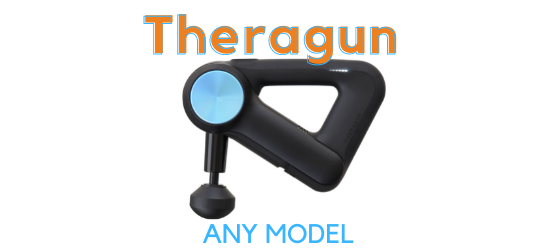
The Theragun is the most expensive soft tissue tool of the three, but it’s also the one that’s based on percussion, rather than direct pressure and compression. The use of percussive massage guns is relatively new in the sports and fitness market compared to more traditional soft tissue tools.
The biggest difference is that percussion, rather than more constant pressure and compression, offers another type of “input” to the nervous system than other manual tissue tools. It’s also next to impossible to replicate this type of stimulation with any other tool or technique.
Research has shown a measurable increase in range of motion, as well as a decreased feeling of soreness after use. This is likely due to the effectiveness of percussion in driving blood flow into the area where it’s used.
Another big plus is that it’s incredibly easy to use. All you have to do is run the Theragun over the areas you want to treat, so there’s very little learning curve or practice required to see immediate benefits.
There are a variety of different Theragun models at various price points. They all feature the same core percussion technology, with differences in size, features, and price point. Any of them will get the job done.
Action step
If you’re already incorporating soft tissue work into your weekly recovery program, great job. Keep it up.
If you’re not, pick one of the three tools above and start small. Begin by using it within your workouts for a few weeks and see how you feel.
You may be surprised at just how much of a difference it makes in how you feel, how you move, and how well it helps you recover.
